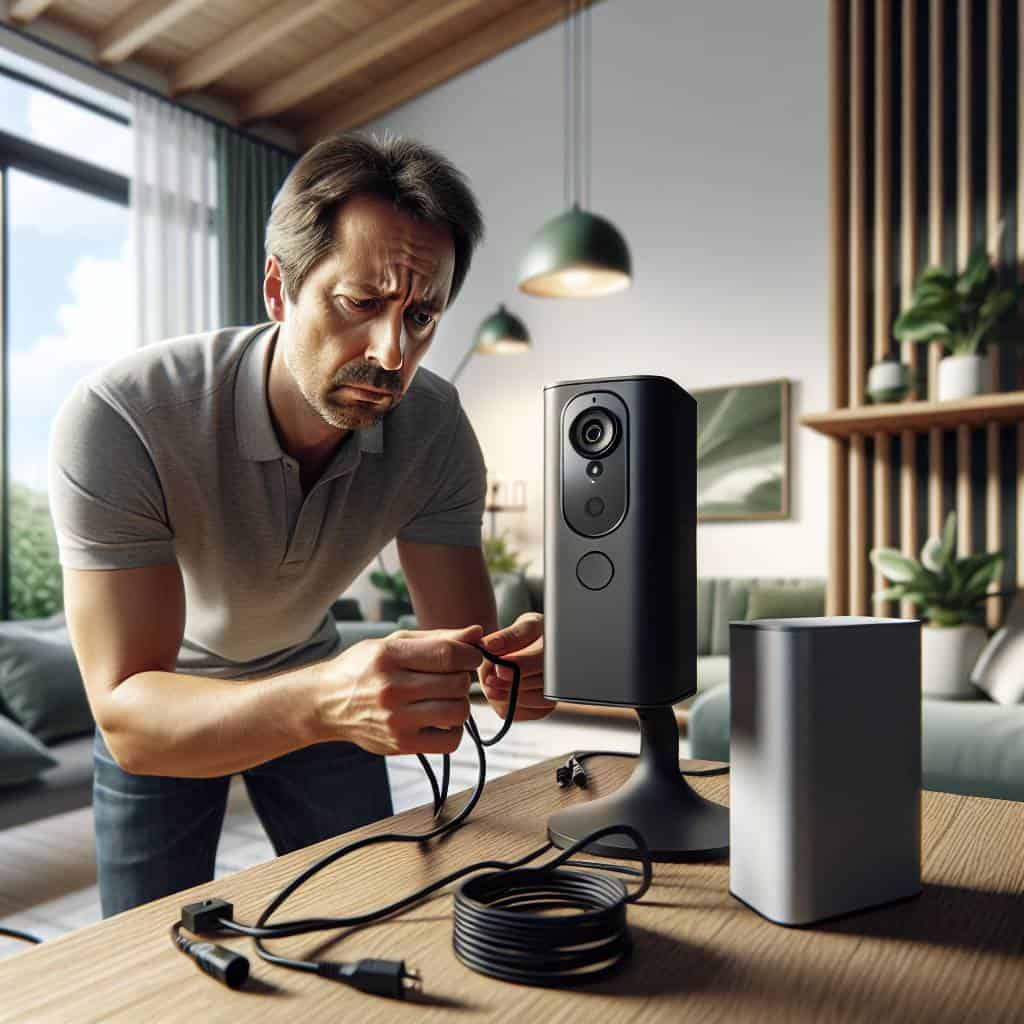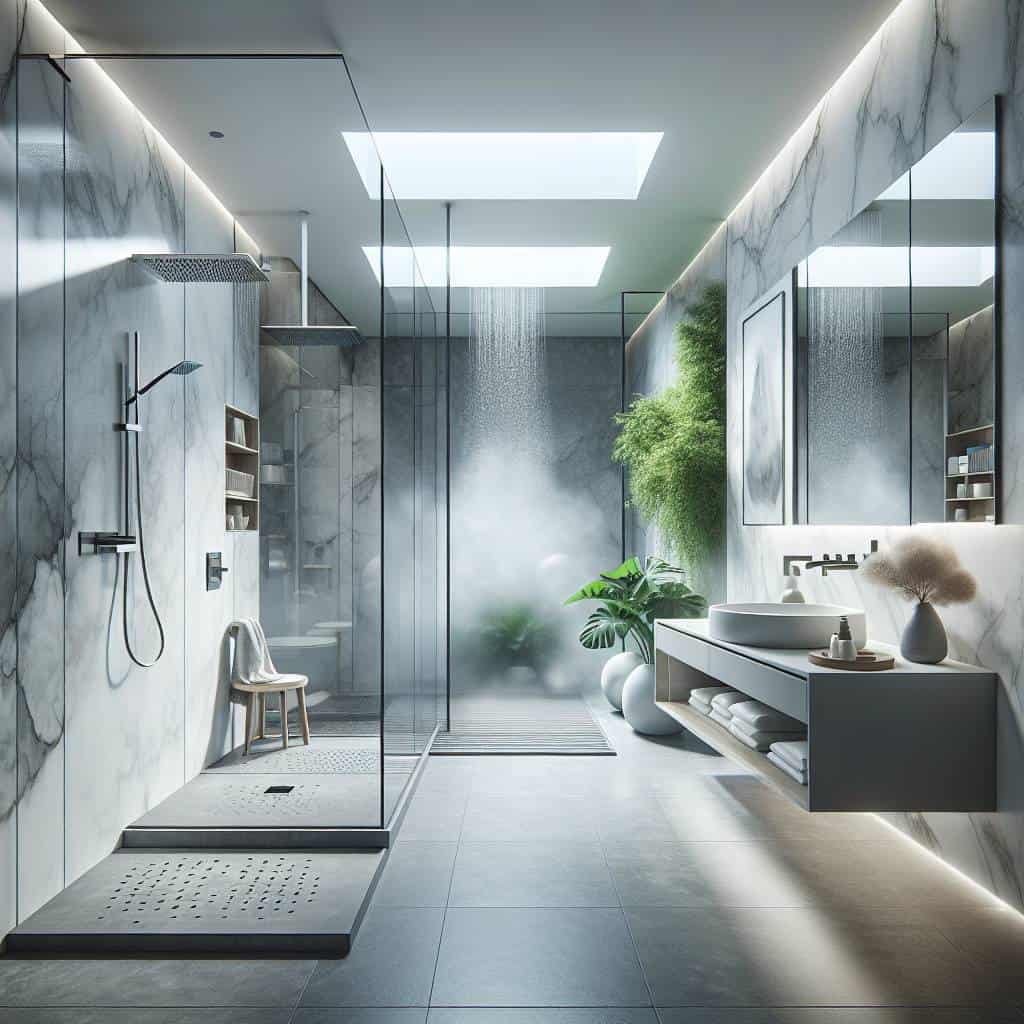I remember the first time I set up a smart security camera. It was supposed to be a straightforward, plug-and-play miracle of modern technology. Instead, it quickly turned into a comedy of errors worthy of a sitcom rerun. Picture me, tangled in cables, squinting at a screen, and muttering curses that would make a sailor blush. All this, just to realize that my so-called “state of the art” camera was as useful as a chocolate teapot. It missed the neighborhood cat sneaking in but somehow captured every leaf blowing past. If you’ve ever felt like you’re being sold snake oil by Big Tech, you’re not alone.

But here’s the deal: I’m going to spill the tea on what these cameras really offer—and what they don’t. We’ll navigate the labyrinth of outdoor versus indoor, decipher those cryptic subscription plans, and expose the underbelly of the ‘best’ smart security cameras. No more sugar-coated sales pitches. Just the raw truth you need to arm yourself against the shifty tactics of tech marketing. Ready to join me on this digital quest? Let’s roll.
Table of Contents
Why My Indoor Plants Know More About Security Than I Do
You know, sometimes I look over at my indoor plants with a mix of admiration and envy. These leafy green sentinels have their own kind of security system that puts my so-called “smart” devices to shame. Take my peace lily, for example. It senses environmental changes like a pro—light, humidity, even the slightest draft—and it responds accordingly. Meanwhile, my fancy indoor security camera throws a fit if I dare to rearrange the furniture. It acts like a toddler with separation anxiety if I don’t keep it plugged into its precious subscription plan. My plants, on the other hand, adapt and thrive without demanding an extra monthly fee.
You’d think the smartest piece of tech in the room would be able to match a houseplant’s intuition, but no. Instead, I’m bombarded with notifications every time a stray dust particle floats across its field of view. My indoor plants, with their silent vigilance, don’t need to spam me with alerts to let me know they’re doing their job. They just do it. And here’s the kicker—unlike my high-tech gadgets that promise the world but deliver more headaches than peace of mind, my plants never fail to remind me that the best kind of security doesn’t come with a subscription plan. It comes with patience, a little bit of care, and the wisdom to know when to let nature do its thing.
A Hard Look at High-Tech Hype
In the end, the ‘best’ smart security cameras are just overpriced gatekeepers of paranoia, offering outdoor illusions of safety and indoor invasions of privacy, all while tethering you to subscription plans that make you question if the real thief is inside your house.
When Silicon Meets Reality
At the end of the day, my adventures with these so-called ‘best’ smart security cameras have been a wild ride—like strapping a GoPro to a mountain goat and hoping for the best. These gadgets, with their endless outdoor and indoor promises, often feel like they’re complicating my life rather than simplifying it. The subscription plans they woo you with? It’s like buying a cow for a glass of milk, only to find out it’s lactose intolerant.
But here’s the kicker: while the cameras may miss the mark, they’ve taught me something invaluable. In the dance between tech and reality, it’s the perspective that matters. You see, navigating the digital wilderness is not about having all the answers—it’s about asking the right questions. And if I have to wrangle a few overpriced plastic spies to figure that out, well, then maybe it’s worth the ticket price. Because in the grand scheme of things, understanding is the real security.


